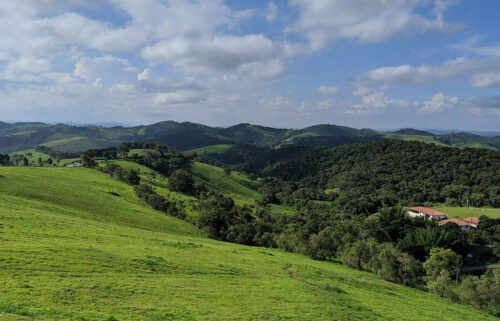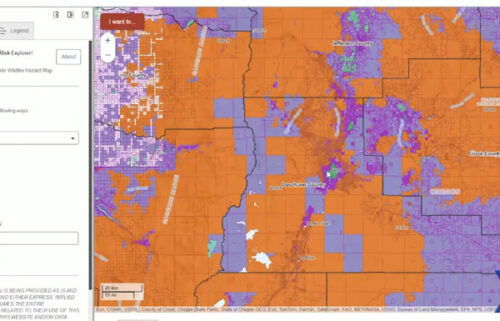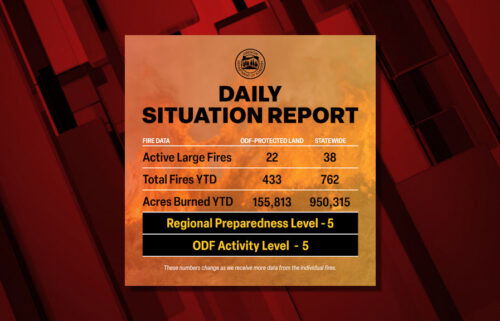OSU’s Marine Mammal Institute to develop wildlife distribution models for wind energy efforts

NEWPORT, Ore. (KTVZ) – Oregon State University’s Marine Mammal Institute has been awarded a $2 million grant to collect data about distribution and density of marine mammals and seabirds that will be used to inform decisions about offshore wind energy development.
The grant is one of four announced this month by the U.S. Department of Energy to support wind energy research. The surveys of seabirds, whales, dolphins and porpoises will allow Oregon State’s scientific team to develop species distribution models. These will be used to construct density and distribution maps of the species surveyed.
Marine Mammal Institute Director Lisa T. Ballance is the lead investigator on the project, which includes visual and acoustic surveys in a region of the west coast from Cape Mendocino, California, to the mouth of the Columbia River on the Oregon/Washington border and west to the continental slope.
“We are excited about this opportunity,” Ballance said. “This funding will support strong basic science that will undoubtedly lead to new discoveries. Equally important, our science will be used to inform the wind energy industry.”
The environmental and wildlife data gathered through the research is critical for decisions about locating and permitting offshore wind energy development projects and will be used to help assess impacts as offshore wind development increases. Development of offshore wind energy is a priority of President Biden and the departments of Energy, Commerce and Interior have set a goal to develop 30 gigawatts of offshore wind energy – enough to power more than 10 million homes – by 2030.
The four-year project will include visual surveys and passive acoustic monitoring of seabirds, whales, dolphins and porpoises during all seasons. The researchers also will collect identification photographs of individual baleen whales, data from satellite-tagged whales and DNA profiles. The data will provide detailed insight into whale behavior, population identity and site fidelity, meaning likelihood the animals will return to the same location each year.
The researchers will collect new data but will also leverage historical data and data currently being collected as part of other projects. They will use the data to generate species distribution models that can predict species density and distribution throughout the region.
“A solid understanding of what species occur where, how often and in what numbers is critical to informing human use of the marine environment,” Ballance said. “We are proud to be part of this blend of strong science informing industry in the context of sustainable use and stewardship of our oceans.”
The researchers expect to begin the visual surveys and acoustic monitoring in the spring of 2022.
Co-investigators on the project are Scott Baker, Barbara Lagerquist, Rachael Orben, Daniel Palacios, Kate Stafford and Leigh Torres of the Marine Mammal Institute; John Calambokidis of the Cascadia Research Collective and Elizabeth Becker of ManTech International Corp.



